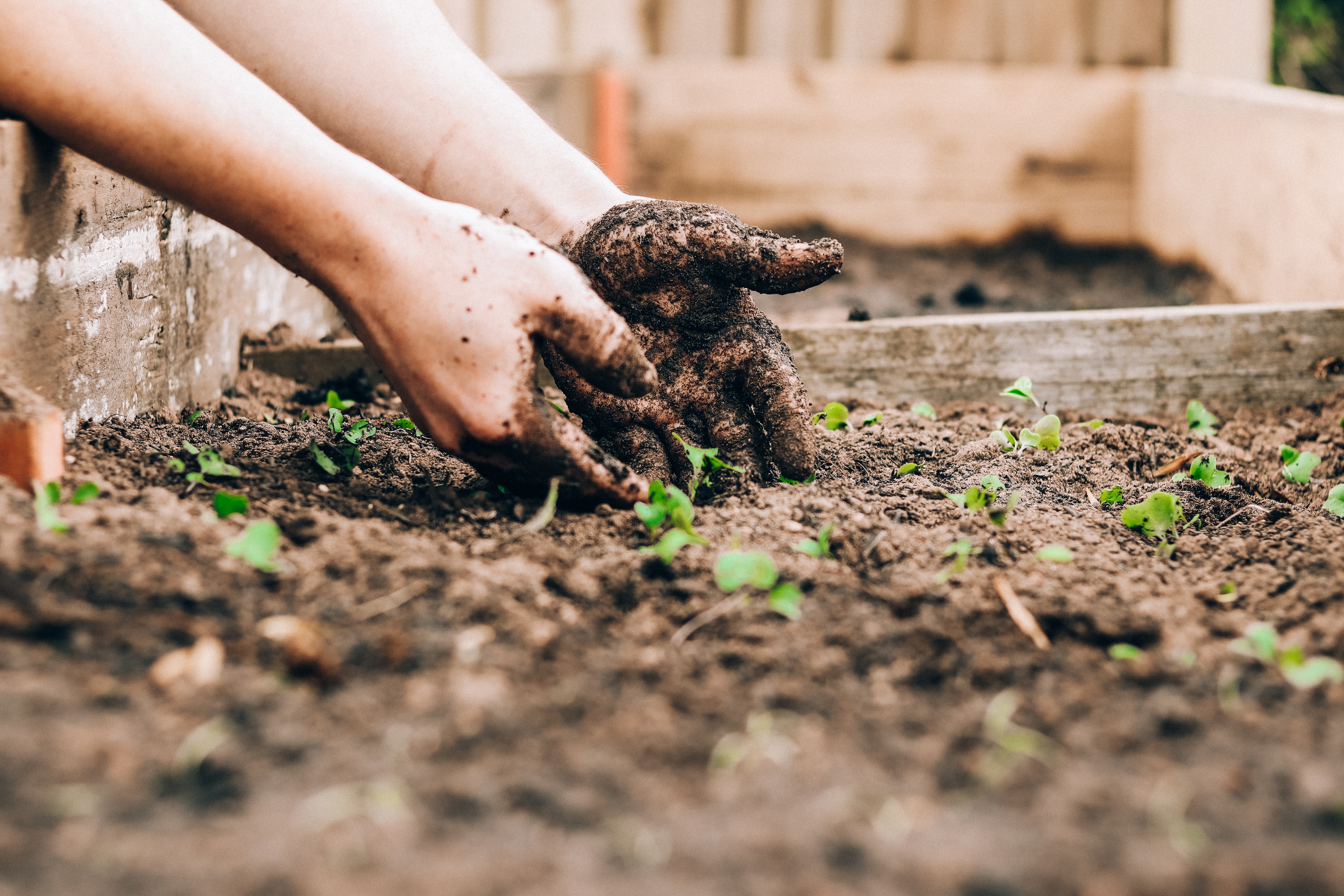
Winter in the garden
Think there’s nothing to do in the garden in winter? Think again. Winter is the perfect time to set the scene for a spring burst of colour, scent and flavour!
It’s all about the preparation
Pruning, weeding and composting – winter is a great time to prune straggly trees and bushes into shape, clean up the garden and dig in some well-rotted compost to boost your soil’s fertility and improve drainage. Outdoor pot plants also benefit from soil being replenished or repotting, ready to maximise spring growth and keep them healthy. Replacing the top soil in pots containing fragile varieties can be enough to rejuvenate the plant.
Plant bare-rooted varieties
Dreaming of a garden filled with glorious deciduous and fruit trees and roses? They are best planted bare rooted, during their winter dormancy, which is right now!
Sow the seeds for a productive crop
While brassicas (broccoli, cauliflower, cabbage and brussels sprouts), broad beans and spinach seeds can all be planted right now, it is still a bit cold outside to plant many of our favourite summer vegetable crops. However, tomato, chilli, capsicum and eggplant seeds can all be started now in seed trays indoors on a warm windowsill, or in a small greenhouse, so they are at the perfect stage to transplant outside when the weather is a bit warmer. Your efforts will be rewarded with a bigger, earlier crop of those delicious home-grown veggies!
Go native
Unlike non-native varieties, indigenous plants are often at their best in winter and have adapted to suit the local environment, making them more resilient and sustainable. They are also magnets for local wildlife, attracting birds, bees and butterflies to your garden.
The City of Melton has a fantastic Garden for Wildlife online book that is packed with ideas to get you started. Visit www.melton.vic.gov.au and search for ‘Gardening’.
Don’t forget your indoor plants
Even on the chilliest days you can be tending your garden… even if it’s just your indoor greenery. While indoor plants will probably need less water over winter, heating can dry them out. Check regularly by pressing your fingers into the soil and give them a top up if it’s dry. Avoid leaving them sitting in a saucer of water to prevent root rot.
It can be a lot darker inside during winter, so you may need to consider temporarily moving your plants to a location with more natural light until the days get longer and brighter.
Just like your shelves, indoor plants can get coated with dust. Wipe larger leaves with a clean, damp cloth (free of chemicals), or use a spray bottle to give finer foliage a regular mist of water to help keep foliage clean so your plants can breathe. Misting will also help counter the drying effects of central heating.
Have a planning day
We get it – sometimes all you want to do is stay inside with a hot cuppa! Why not use this time to research and map out your dream garden or garden renovation. Then you will be ready for action as soon as both you and your garden are ready to emerge from winter hibernation!
